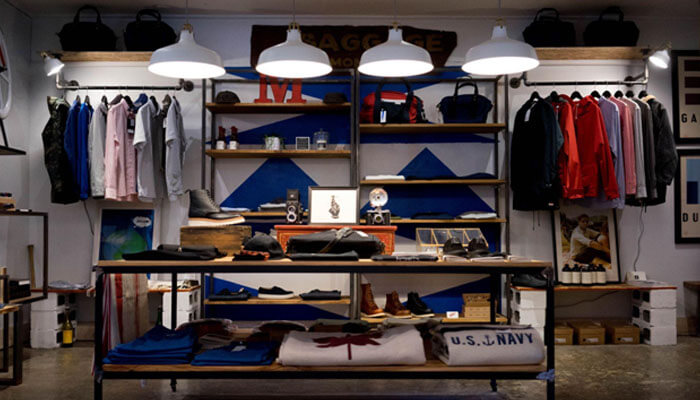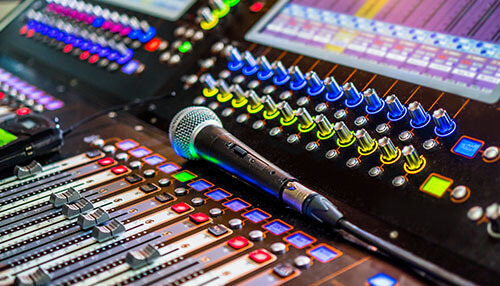There’s a reason why retailers invest in scents, music, and other forms of sensory stimulation: it works. In fact, studies have shown that sensory stimulation can increase sales by up to 15%. When customers feel good when they’re in your store, they’re more likely to buy something. In this blog post, we’ll discuss the different types of sensory stimulation you can use in your retail business, and how to use them effectively.
Scent
Retailers have long used scent to create a desired mood in their store. The right scent can make customers feel relaxed, happy, or even sexy. When choosing a scent for your store, it’s important to consider the type of products you sell. For example, if you sell candles, you might want to choose a relaxing scent like lavender. If you sell perfume, you might want to choose a more sensual scent like jasmine.
Music
The right music can also influence customer behavior. Up-tempo music tends to make people move faster and buy more impulsively, while slower music encourages people to linger and browse. Again, the type of music you choose should be based on the type of products you sell. If you have a fast-paced store, like a sports store, you might want to choose upbeat music. If you have a slower store, like a furniture store, you might want to choose softer music. You can subscribe to SiriusXM music for retail stores, which offers a variety of channels specifically designed for retail businesses.
Visual Stimulation
Visual stimulation is also important in retail settings. Customers need to be able to see the products they’re interested in buying. This means that your displays should be well-lit and easy to see. You should also use color to create different moods in your store. For example, red is often used to stimulate spending, while blue is often used to create a feeling of calm.
Tactile Stimulation
Tactile stimulation refers to the way things feel. This is particularly important when selling clothing or other items that customers need to touch and feel before they buy. The fabric should be high quality, and the fit should be flattering. You might also want to consider using mannequins to show off how the clothing looks on a real person.
Sound Effects
Sound effects can also be used to create a desired mood in your store. For example, you might use soft background music in your store to create a feeling of relaxation. Or, you might use sound effects like chimes or bells to signify special sales or events.
When using any form of sensory stimulation, it’s important to use it sparingly. Too much of anything can be overwhelming, and it can actually have the opposite of the desired effect. For example, if you’re using scent in your store, you might want to use a diffuser so that the scent is not too strong. And if you’re using music, you might want to keep the volume at a moderate level.
Examples of Businesses that Use Sensory Stimulation
There are many businesses that use sensory stimulation to increase sales. Here are a few examples:
1. Lush is a cosmetics company that uses scent to create a desired mood in their stores. They offer a wide range of products, including soaps, lotions, and perfumes, all of which are designed to make customers feel good.
2. The Body Shop is another cosmetics company that uses visual and tactile stimulation to sell their products. Their stores are brightly lit and full of colorful displays. And they often have salespeople on hand who can help customers try out the products.
-Aveda is a salon and spa chain that uses sound and scent to create a feeling of relaxation in their stores. They use soft music and diffusers to fill the air with essential oils.
3. Victoria’s Secret is a lingerie retailer that uses sound, sight, and smell to sell their products. Their stores are typically brightly lit and full of sexy displays. And they often use scented candles or lotions to create a desired mood.
Sensory stimulation can be a powerful tool for increasing sales in your retail business. When used correctly, it can create a desired mood that encourages customers to buy. So don’t be afraid to experiment with different types of sensory stimulation in your store. Try out different scents, music, and visual displays to see what works best for your business.




